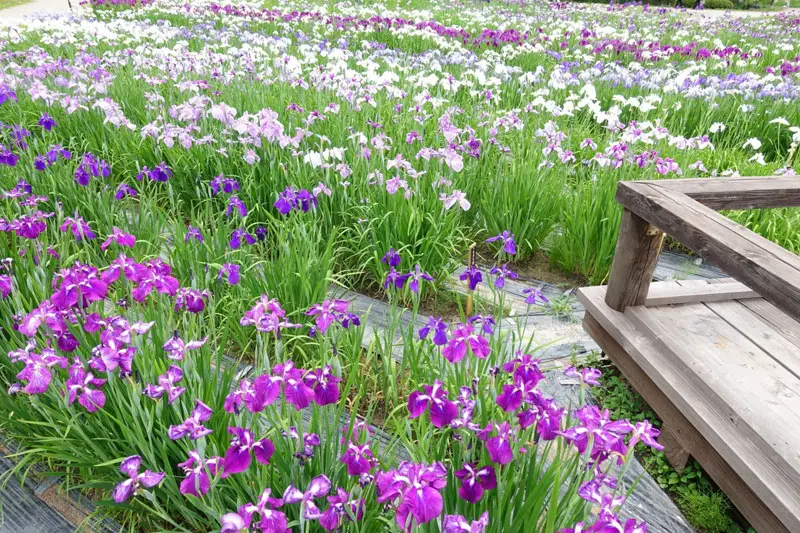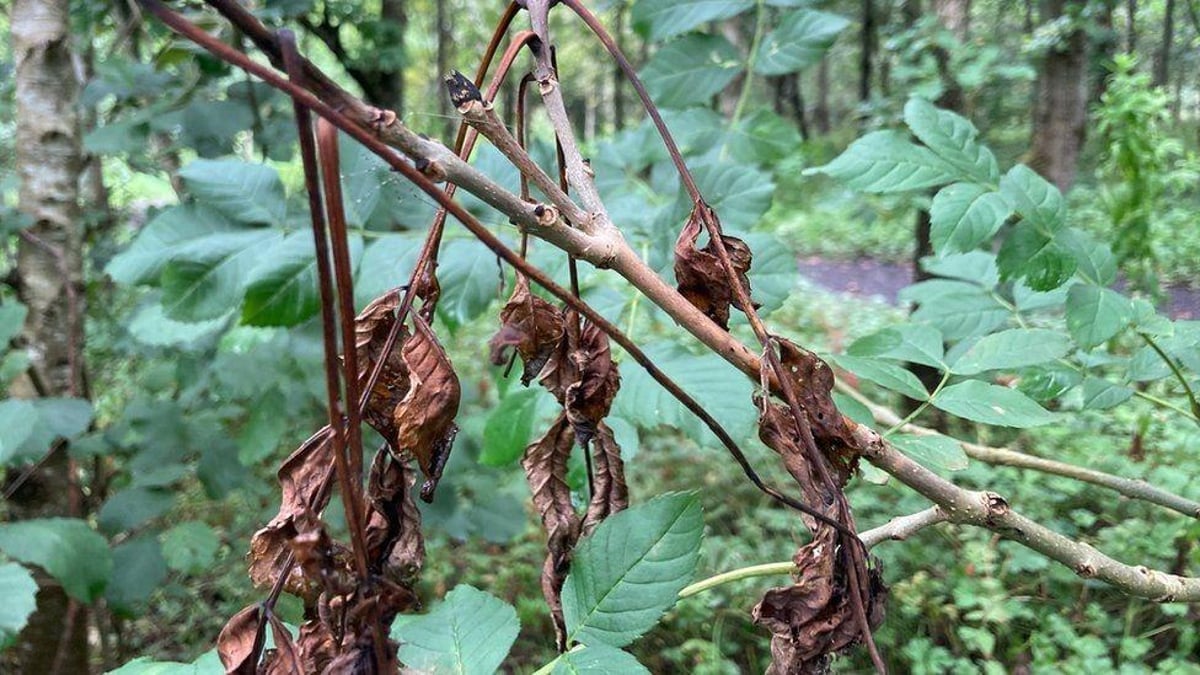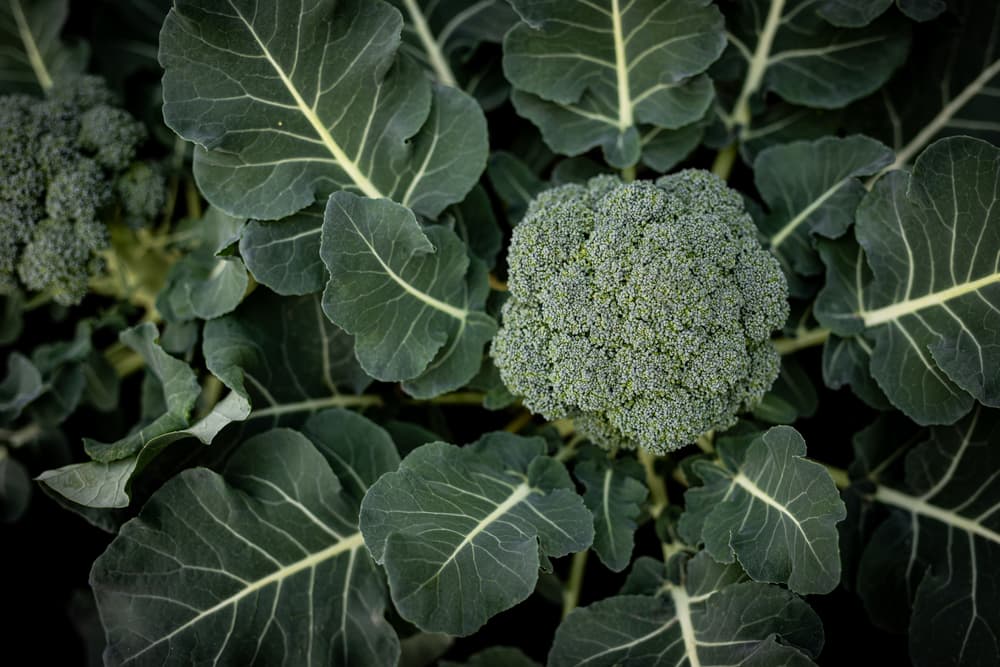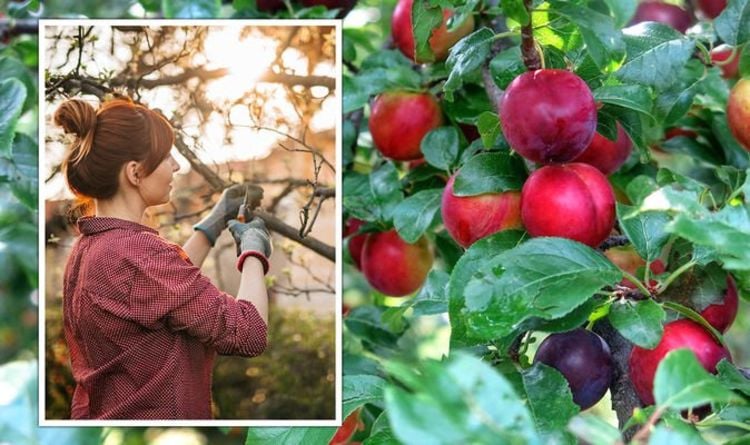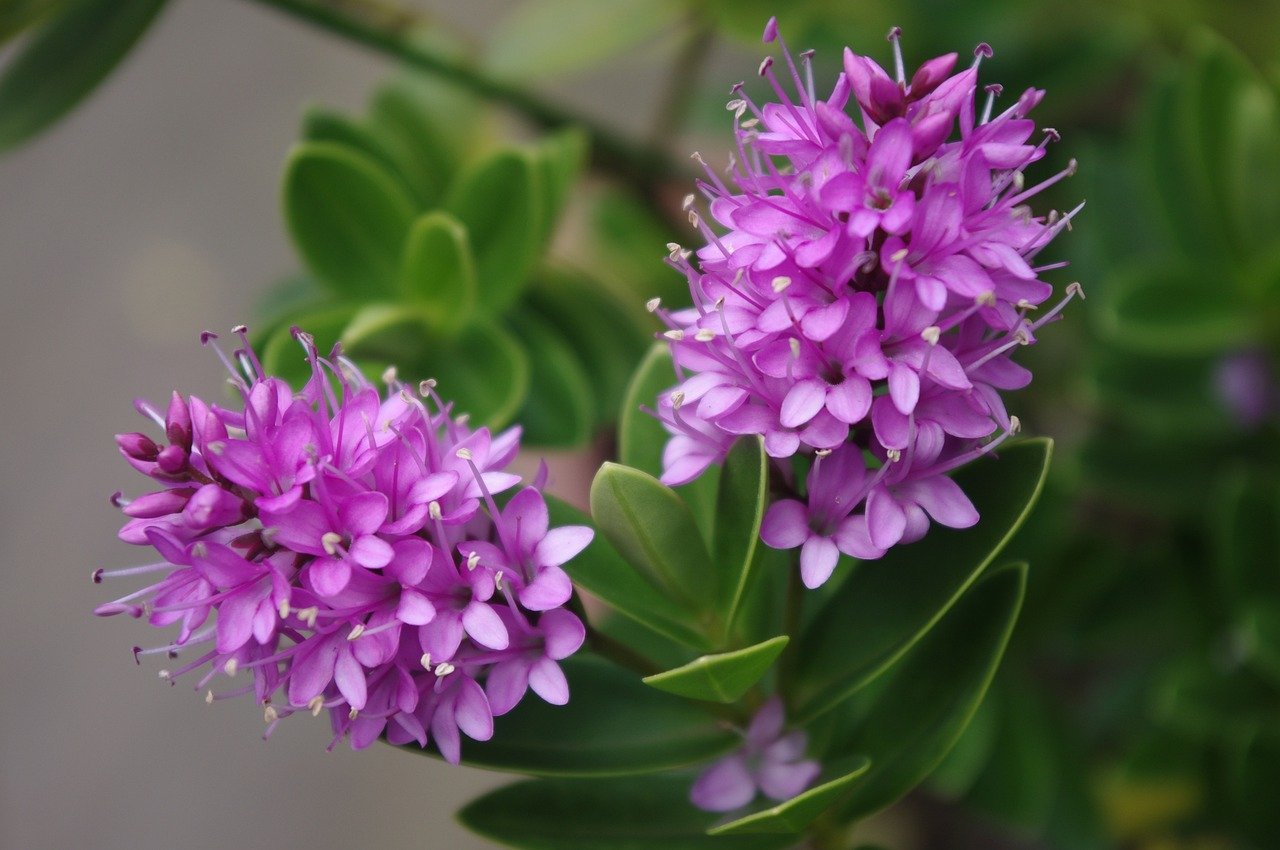How to Properly Prune Your Nandina Domestica
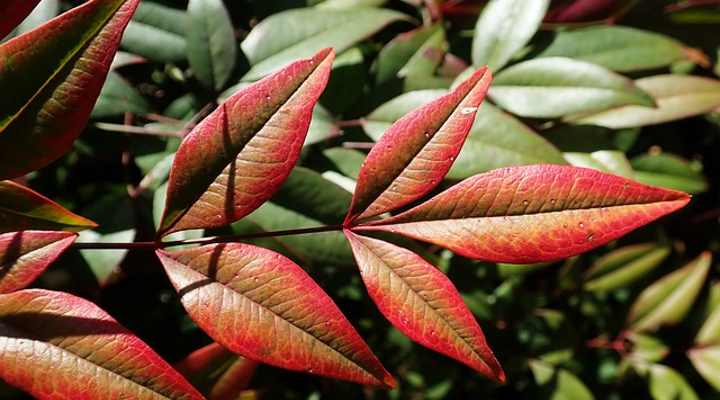
Table of Contents
We all know how much effort it takes to maintain a tree. You will need to plant them in good soil. You will need to check the weather conditions that are required to plant a tree. You will also need to check whether the tree is getting proper water and sunlight or not. When you see that its leaves and branches are getting dead and old, at that time, you will be required to cut them, and that is nothing but pruning.
We will be discussing a particular tree that needs to be pruned well, and that is called Nandina Domestica. This article is all about how to prune Nandina Domestica.
Nandina domestic, or nandina, is one of the bamboo plants that is found in backyards of people’s homes or in jungles. These plants are mostly found in Eastern Asia, like Japan, and also in the Himalayas. This tree has large leaves whose leaflets are about 2 to 6 metres long.
Speaking about this bamboo tree, it is a bit hard. They are grown in soil that is well drained and also with some amount of sunlight. Also, they need to be planted in sheltered spots, which saves them from windy weather. This tree is considered a slow-growing tree with a growth rate of 12 to 24 inches per year. The actual height of the tree is 7 feet tall, with 1.5 feet being its width.
Why is Pruning Nandina Domestica Required?
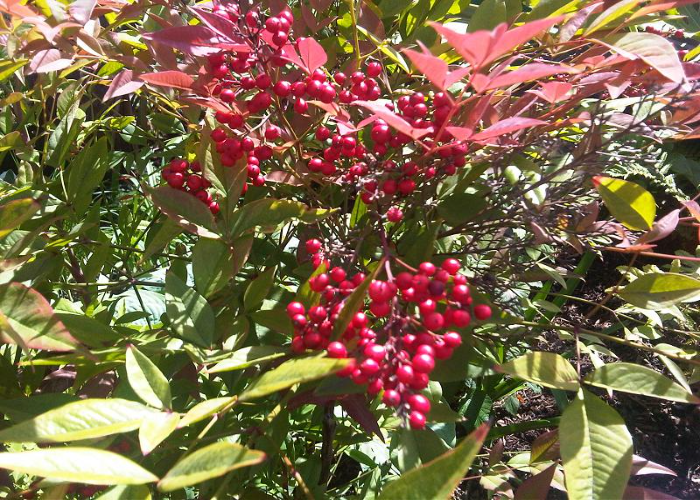
Generally, pruning is required to remove the dead and old branches and leaves of a tree. Since Nandina is a bamboo tree, we all know how tall and long a bamboo tree can get.
So to increase space for other trees and to remove dead parts, pruning is required. Another reason for pruning is that in most of houses, people love to have their leaves on their tables.
What is the Best Time to Prune Nandina Domestica?
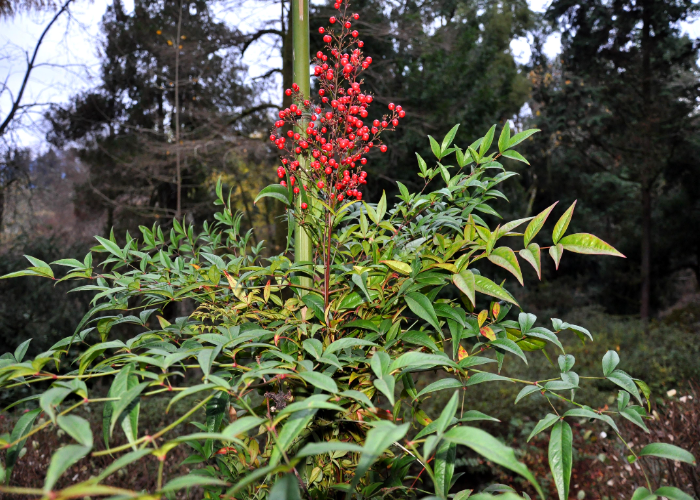
Just like other trees and plants, Nandinas do have time to prune. Remember, while doing pruning, you will first have to check whether this tree is dormant or not. In other words, you will have to wait till the time when this tree stops its growth and stops producing new leaves. Mostly, late winter or early time in spring season is the best time to prune since it stops all its functions.
Planning Before Pruning the Nandina Domestica
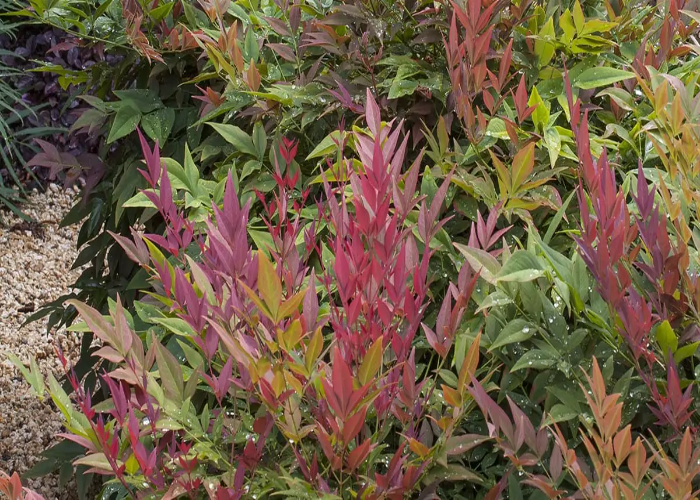
There are certain things that need to be kept in mind before pruning them. For instance:
- Nandina trees should be pruned at the time of late winter. The reason behind this is not only the plant’s dormant but the leaves, which can be later used for decoration purposes. You can chop them in spring as well if it is not possible from your side to prune them in winter.
- The most important among them is to keep the trees away from others before pruning. It is advised that you will have to keep your children and pets away from these trees before pruning, as their berries and leaves are toxic in nature.
- The pruning gears, such as a hand pruner, must be well sharp in nature. As I mentioned earlier, the leaves are so hard and thick that you will need a good and well-sharped hand pruner to prune them up.
Steps for Pruning Nandina Domestica
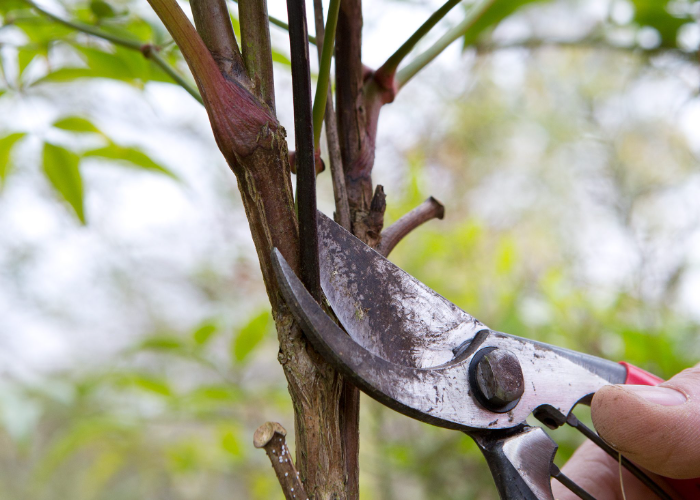
- Step 1: You will be required to use a hand pruner to cut out the extending dead branches and leaves of Nandina. When using a hand pruner, you must check if the blades are sharp or not; otherwise, its branches are so thick and hard that they won’t break.
- Step 2: You will have to cut the old branches. You will have to check if there is an old branch or a dead branch appearing or not. If it is, then gently use a hand pruner and cut them down.
- Step 3: Cut the stems of the plant. After removing the old and dead branches, it is time to remove some of its stems. ⅓ length of the old and longest stem should be chopped down from the tree.
- Step 4: You will need to cut a leaf node. Cutting a leaf node will allow new leaves and branches to grow. But remember cutting too much will make it look ugly.
- Step 5: Get the chopped leaves in your home for decoration. It is always advisable that when you get the leaves chopped down from the Nandina tree, you can use them for decoration purposes. You can keep these with other flowers in a flower vase as well.
Post-Pruning Activities of Nandina Domestica
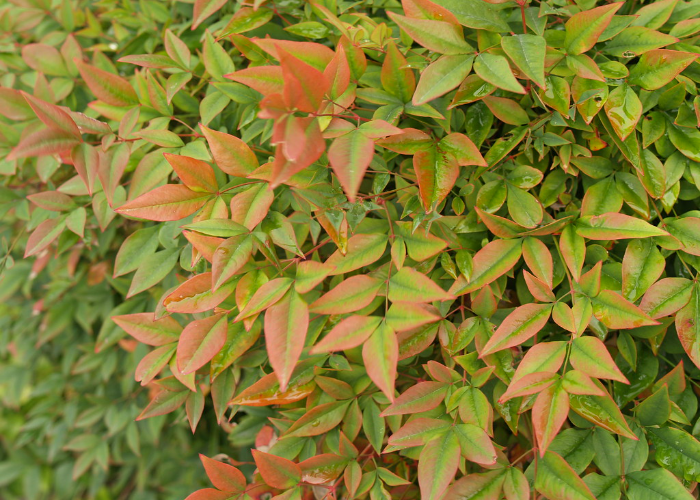
There are some sort of activities that are required to be done after pruning.
- Firstly, we need to make a circle around the Nandina tree after pruning. This circle should maintain a gap of 6 inches from the tree.
- Secondly, fertilization is required post-pruning. Fertilization is very important for plant regrowth as it will help the plant to get nutrients and become ready for the forthcoming seasons as well. So, it is advisable to fertilize the nandina trees after pruning.
- Thirdly, put the fertilizer into the ring that is being made around the tree.
- Fourthly, when you are done with spreading the fertilizer into that ring, then put some water into that ring.
One important thing to note is when you are making a ring around that tree, make sure that the ring should be deep. Because if you do not make the ring deep, then the water that you are putting on the fertilizer-filled ring will damage the roots of the tree and may even kill it. So dig the ring bit deeply to avoid wet soil.
How to Plant Nandina Domestica?
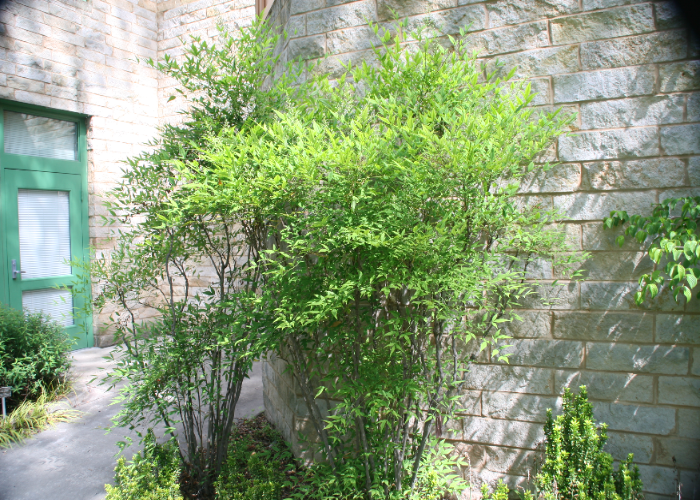
It is planted in the zone 6-10 according to USDA hardiness zones. Nandina will make you attract towards it in the winter time majorly. Because in winter season you will be able to see the colour of the leaves turning pinkish, red and green sometimes.
Its berries are so popular that in Shanghai city of China, these are sold for Christmas and new year decorations. In spirituality, it means to stay grounded in ourselves within our divine identity. It also helps us to grow our energy. Nandina domestica is also often called sacred bamboo or heavenly bamboo. There are different cultivars of Nandina domestica mentioned below:
- Burgandy Wine: Burgandy Wine is another cultivar of nandina. Though in the name you will think it is of burgundy colour actually it appears in green and red colour mix. Its leaves are a bit narrow, but they look very good. This tree is recommended for planting in mass.
- BlushPink: Blush Pink is basically a species that turns pink and green. You will be able to witness a purplish type of pink colour in the fall season.
- Firepower: It is known for its long red leaves, which turn into some other colour in the fall season. It has no fruit or flowers that people will love to see, yet it is good to be planted since it is unique from others.
- Domestica: Domestica is yet another cultivar that is known for its berries in coloured which is also good to be planted among other trees.
- Gulf Stream: Gulf Stream leaves have a mixture of two colours, golden red. The golden red colour you will witness in summer and in fall it turns into copper colour.
- Obsession: It is a plant whose leaves are red in colour, and it is also a cultivar of Nandina. Both in the summer and winter, you will be able to witness its new flowers that are growing.
- Flirt: Flirt is also a type of cultivar of nandina. The shrubs are seen in red throughout the year. It is also advisable to keep them in a container.
Besides these, there are many other cultivars, such as lemon-lime, moon bay, Moyers red, nana, obsession, sienna sunrise, and royal princess.
When its shrubs are planted in groups, you will be able to witness the berries that it will produce. But remember that its berries are toxic, and that is why humans, cats, dogs, birds, and other creatures cannot eat this, as these are harmful and can cause health problems.
But if we consider the shrubs, these are not harmful or infectious to human beings.
Final Thoughts
So far, we have come to the final part of this article. Honestly speaking, it is never going to be easy to prune them. However, with the above-listed steps and proper planning, you will be able to do that.
Remember to keep your tree healthy, good-looking, and free from any kind of harmful activities you need to keep an eye on. Make sure while you do prune, you should be aware of your clothes, like what you are wearing. It is advisable to wear a full-sleeved shirt and pants with gloves and goggles for hand and eye protection.
Also, do not forget to keep your kids and pets away from the tree while pruning which may, in turn, lead to your kids and pets touching them. Mind the berries because they are toxic. Also, gently apply the herbicide around the ring that you have created.
Along with that, put a good amount of water in that fertilized ring to prevent the tree from getting dead and damaged.


